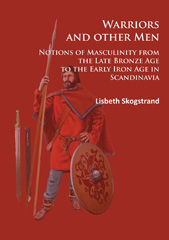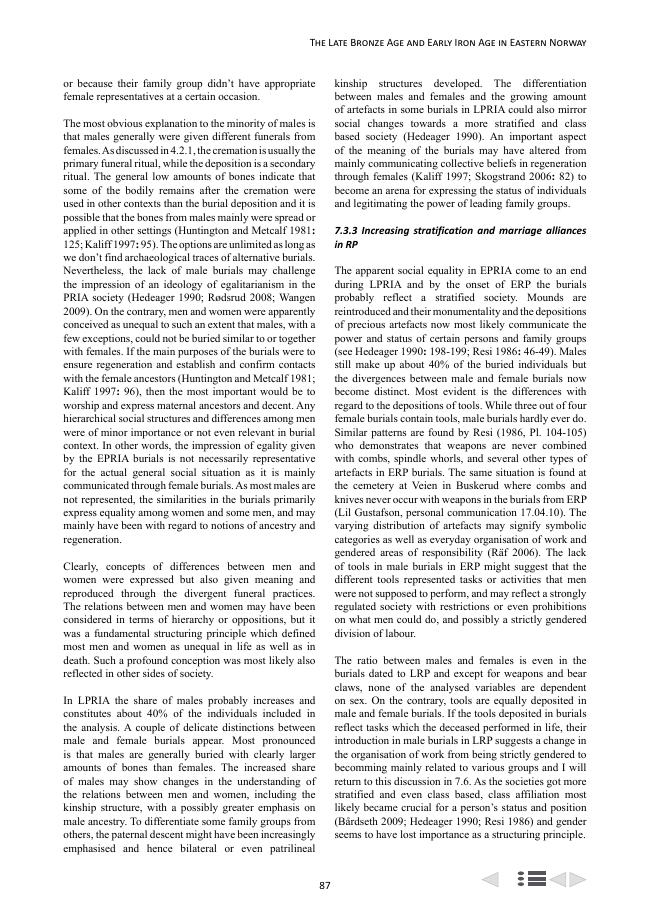Warriors and other Men : Notions of Masculinity from the Late Bronze Age to the Early Iron Age in Scandinavia
194 p.
What is considered masculine is not something given and innate to males but determined by cultural ideas and ideals constructed through performative practices - today and in the past. This book questions whether androcentric archaeology has taught us anything about prehistoric men and their masculinities. Starting from broad discussions of feminist theory and critical men's studies, this study examines how notions of masculinity are expressed in cremation burials from the Late Bronze Age to the end of the Roman Period (1100 BC - 400 AD) in Eastern Norway and Funen in Denmark. It is argued that notions of masculinity were deeply intertwined with society, and when central aspects like war systems, task differentiation, or technology changed, so did gender and ideas of masculinity and vice versa. In the Late Bronze Age, an idealisation and sexualisation of the male body related to warrior esthetic was probably essential to the performance of masculinity. In the Early Roman Period, masculinity became bounded by w
hat it was not - the unmanly. Warrior capabilities were the most prominent ideals of masculinity and concepts of unmanliness structured society, highlighting divergences between men and women. In the Late Roman Period, society grew more complex and multiple contemporary, possibly complementary masculinities associated with the rising class of free peasants, specific roles and regional differences developed and the warrior lost the dominant position as masculine ideal. [Publisher's text].
-
Información
ISBN: 9781784914189
MATERIAS
KEYWORDS
- Masculinity, Iron Age, Scandinavia, Bronze Age, Warrior, Masculine



